- Home
- Articles
- Architectural Portfolio
- Architectral Presentation
- Inspirational Stories
- Architecture News
- Visualization
- BIM Industry
- Facade Design
- Parametric Design
- Career
- Landscape Architecture
- Construction
- Artificial Intelligence
- Sketching
- Design Softwares
- Diagrams
- Writing
- Architectural Tips
- Sustainability
- Courses
- Concept
- Technology
- History & Heritage
- Future of Architecture
- Guides & How-To
- Art & Culture
- Projects
- Interior Design
- Competitions
- Jobs
- Store
- Tools
- More
- Home
- Articles
- Architectural Portfolio
- Architectral Presentation
- Inspirational Stories
- Architecture News
- Visualization
- BIM Industry
- Facade Design
- Parametric Design
- Career
- Landscape Architecture
- Construction
- Artificial Intelligence
- Sketching
- Design Softwares
- Diagrams
- Writing
- Architectural Tips
- Sustainability
- Courses
- Concept
- Technology
- History & Heritage
- Future of Architecture
- Guides & How-To
- Art & Culture
- Projects
- Interior Design
- Competitions
- Jobs
- Store
- Tools
- More
The Role of Your Roof in Maintaining Indoor Climate

Your roof serves more than just a protective layer over your head; it’s an integral component in regulating your home’s indoor climate. A well-designed roof manages temperature, humidity, and air quality, creating a comfortable living environment for you and your family.
Understanding how your roof contributes to indoor climate control will help you make informed decisions regarding maintenance, upgrades, or replacements. As you explore the intricacies of your roof, consider how every element—from insulation to ventilation—works harmoniously to optimize your home’s atmosphere. Look no further!
Table of Contents
ToggleThe Importance of Insulation
Simply put, insulation’s main purpose is to manage indoor climate: it helps keep the desired temperature inside your home by resisting heat flow in both directions and—most importantly—ensuring warmth during winter and coolness in summer. Well-insulated roofs can significantly minimize energy consumption, making them essential for energy efficiency.
Homes with insufficient insulation are subject to drafts and fluctuating temperatures, the primary causes of discomfort and high utility bills. Insulation also contributes to noise reduction, enhancing the indoor experience. Investing in high-quality insulation tailored to your specific climate can stabilize overall conditions in your living space.

Ventilation and Its Effects on Humidity
Effective roof ventilation is what maintains a comfortable indoor climate. Properly ventilated roofs allow moisture to escape and promote airflow, reducing the risk of mold and mildew. Humidity buildup can lead to serious structural issues and health problems, particularly for individuals with allergies or respiratory ailments. To achieve optimal airflow, you can consult a local roofing ventilation contractor in Killeen, as they can assess your home’s unique needs and install appropriate ventilation systems. Roof vents, ridge vents, and soffit vents contribute to a balanced airflow that keeps excess moisture in check and creates a healthier environment as a result. Combining ventilation strategies with adequate insulation will yield optimal results in both temperature regulation and air quality.
Choosing the Right Roofing Material
The choice of roofing material may also impact your indoor climate. Materials such as metal, shingle, tile, or slate offer varying degrees of insulation and ventilation. Reflective roofing materials can deflect sunlight, reducing heat absorption and keeping your home cooler. In contrast, darker materials may absorb more heat, which could boost indoor temperatures during the summer months. Selecting the right material based on your local climate will enhance energy efficiency and sustainability. Durable materials with good energy performance can lead to longer lifespans and fewer replacements so that your indoor climate remains stable for years to come.
Roof Orientation and Its Influence
Another factor to take into account is the orientation of your roof. The angle and direction in which a roof faces can affect sunlight exposure, influencing both heating and cooling needs. South-facing roofs in the northern hemisphere receive the most sunlight, which can increase indoor temperatures if not managed properly. North-facing roofs, however, may receive less direct sunlight, potentially resulting in cooler indoor conditions.
Properly orienting your roof and incorporating shading elements such as overhangs can aid in regulating temperature. These considerations will optimize energy efficiency and enhance your overall comfort inside the home.
The Impact of Roof Maintenance on Climate Control
Effective indoor climate cannot be sustained for years without regular roof maintenance.
Over time, accumulations of debris, damaged shingles, and blocked vents can compromise a roof’s performance. Make sure that your roofing system is in top condition will prevent potential leaks and trapped moisture.

Scheduling regular inspections can catch minor issues before they escalate into major problems. Roof cleaning, gutter maintenance, and timely repairs contribute to a system that functions harmoniously to regulate indoor temperatures year-round. Investing time and resources into roof maintenance can save you significant costs in repairs and energy bills in the long run.
Integrating Smart Technology for Climate Control
The integration of smart technology within your roofing system offers new ways to enhance climate control. Smart home devices can monitor temperature and humidity levels, allowing for automated adjustments to temperature settings and ventilation. Utilizing smart vents and thermostats ensures that the heating and cooling systems operate efficiently, maximizing comfort while minimizing energy consumption.
Data analytics from these technologies can provide insights into indoor climate patterns, empowering homeowners to make informed decisions regarding upgrades and improvements. Investing in smart technology for your roofing system can raise the standard of comfort in your home and promote sustainability.
As you consider the multifaceted role of your roof in maintaining an optimal indoor climate, remember that various elements work together to create a balanced environment. From insulation and ventilation to the choice of materials and overall maintenance, each aspect contributes significantly to the comfort and efficiency of your home. Implementing effective strategies will ensure your indoor climate remains pleasant and energy-efficient.
illustrarch is your daily dose of architecture. Leading community designed for all lovers of illustration and #drawing.
Submit your architectural projects
Follow these steps for submission your project. Submission FormLatest Posts
Best Practices for Roof Inspections and Maintenance
On most projects, the roof spends decades out of sight while carrying...
Sunny Days, Secure Roof: Simple Steps to Shield Your Home
Your home is more than just a place to live—it’s a sanctuary....
Simple and Stylish Roof Ideas for Homeowners
When designing your home, don’t overlook the roof. It’s essential for both...
Key Qualities to Look For in a Residential Roofing Contractor
Choosing a residential roofing contractor involves careful consideration. The roof is a...







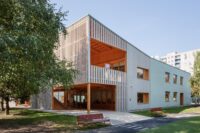
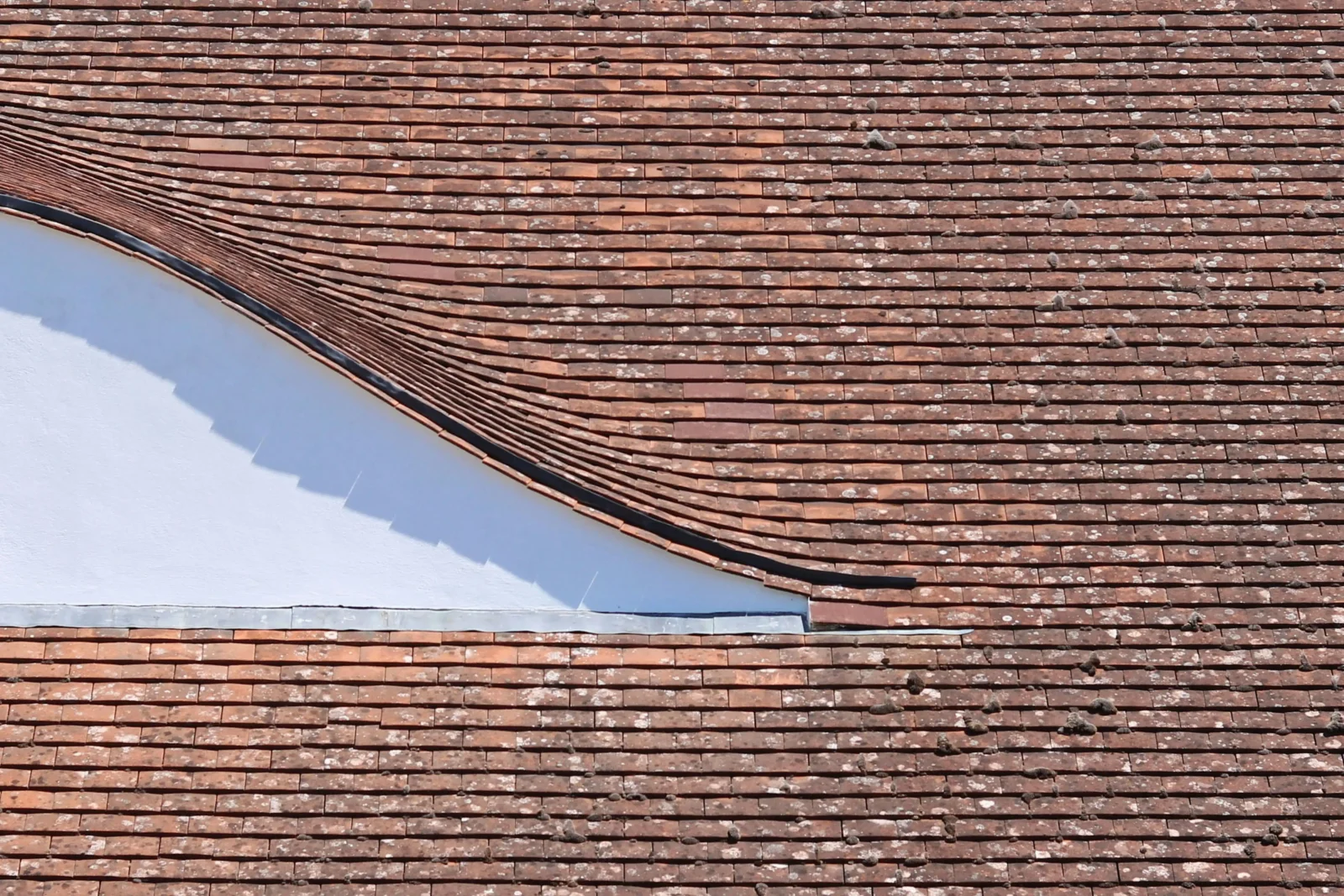
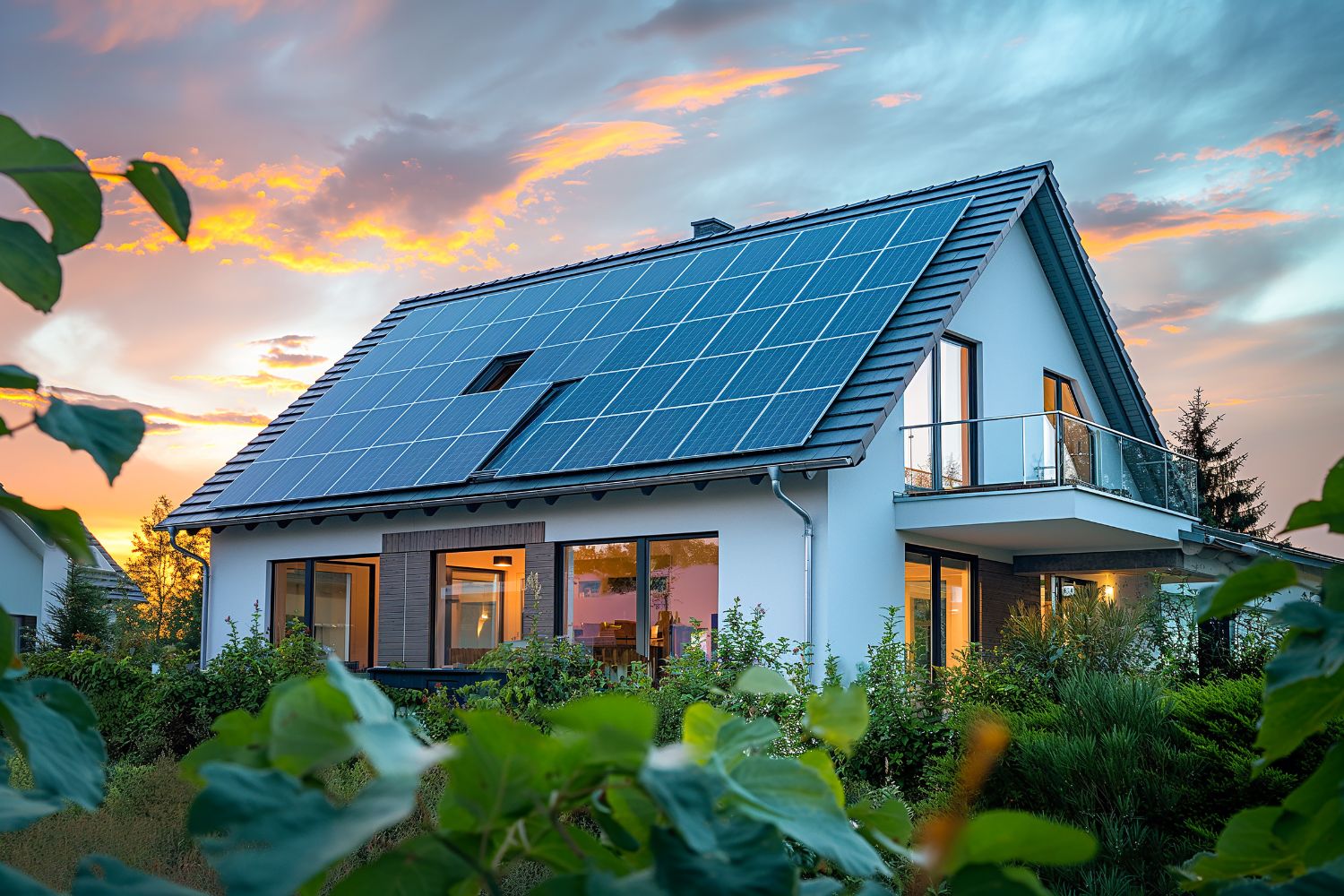
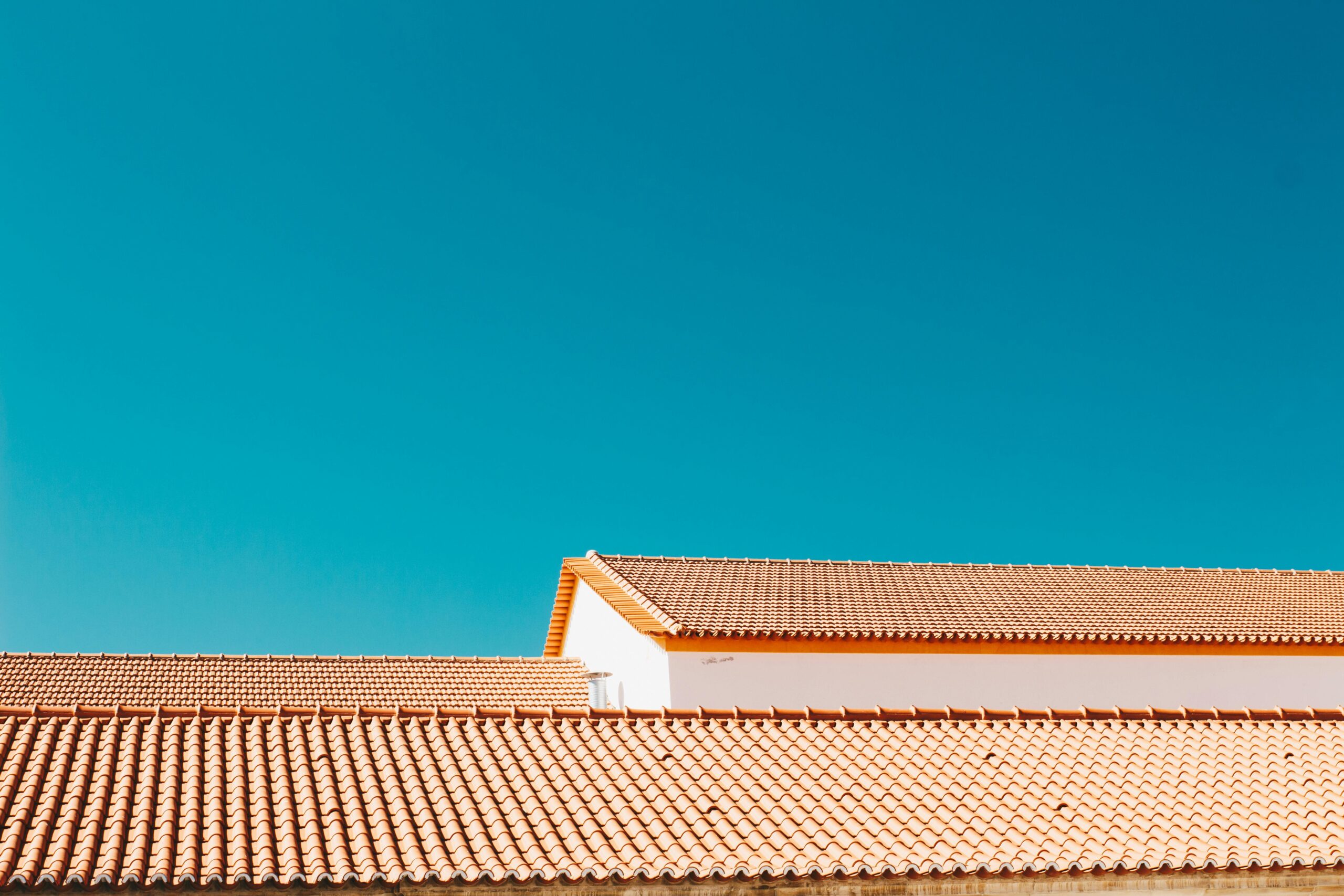
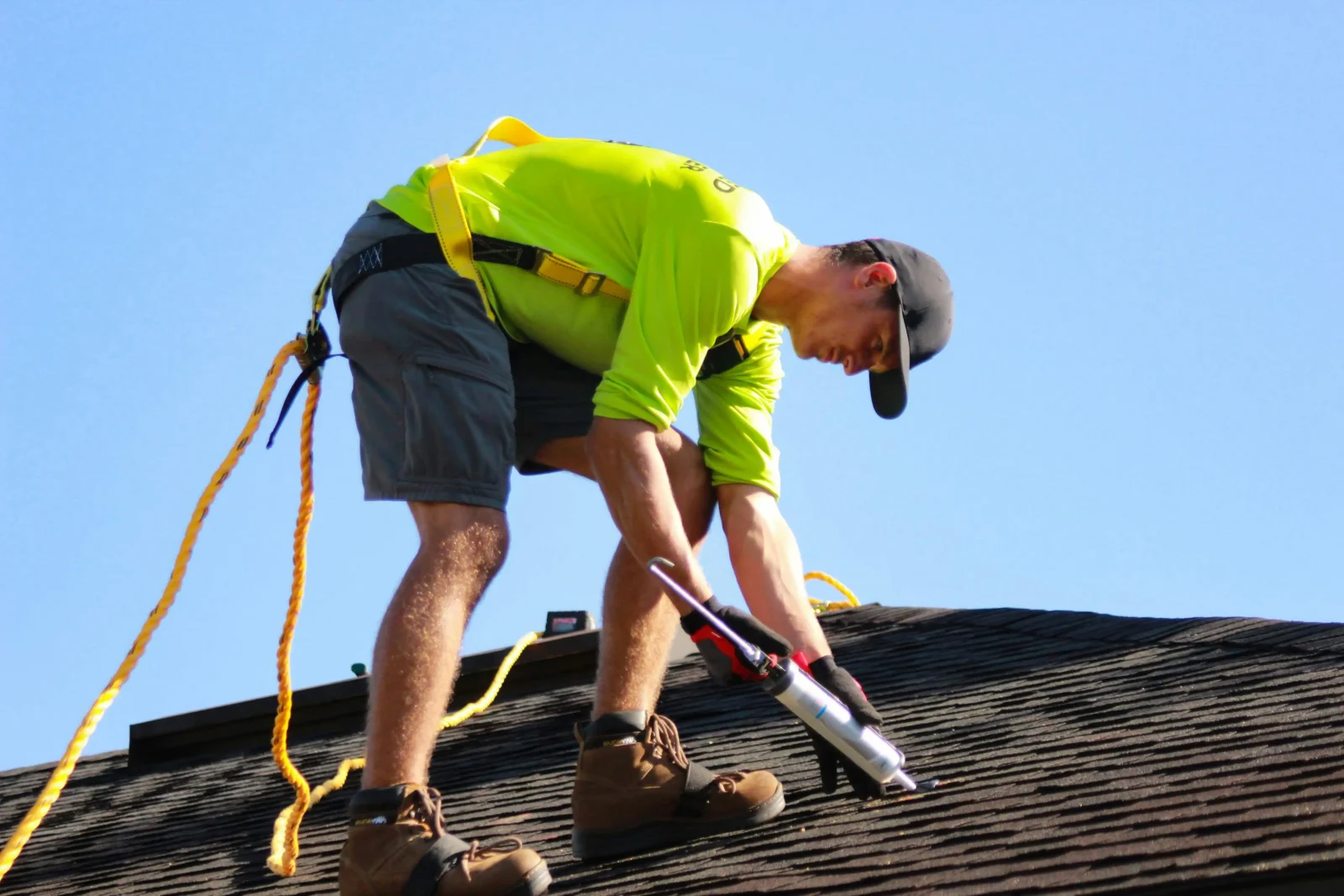
Leave a comment